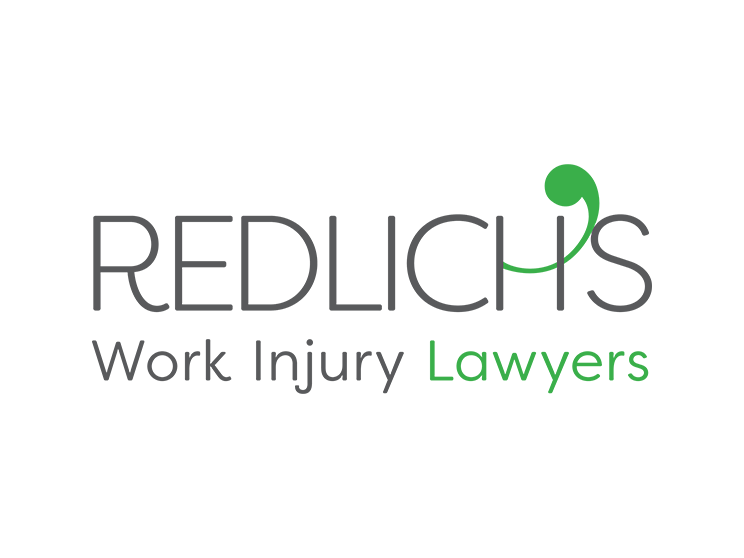This article was originally published on 20 June 2023 and was updated on 30 October 2024.
People sustain injuries from trips or slips and falls every day.
While trips or slips and falls are at times accidental and unavoidable, some are a result of unsafe conditions in a premises which should have been corrected.
Common trip or slip and fall situations
Trip or slip and fall cases can present themselves in many different ways.
Common causes of trips or slips and falls include the following:
- Slippery surfaces without anti-slip material
- Lack of wet weather provisions such as mats and warning signs
- Uneven or unstable surfaces
- Spills of liquid on floors that are not cleaned up promptly
- Dips or potholes that haven't been fixed
- Poor lighting
- Mopped floors without warning signs
- Lack of railing along stairs, or railing that is faulty
- Not being properly warned of a hazard; and
- Obstructed view due to unmaintained plants or trees.
Trips or slips and falls cases can occur in many different locations including the following:
- At supermarkets, shops or shopping centres
- On another’s driveway due to the nature of the construction of the driveway
- On another’s property without adequate lighting
- On another’s property that was not properly maintained, not repaired or had defects.
Can you make a claim?
If you have been injured in any of the above circumstances, then you may be able to make a public liability claim against the occupier of the property to seek compensation for your injuries.
The law in Victoria, in essence, says that occupiers of a property (such as an owner or a tenant), owe a duty of care to people visiting its premises and that they need to prevent people from being injured due to the condition of their premises.
This position is outlined in s14B of the Wrongs Act 1958 (Vic), which says that occupiers of a property, owe a duty of care to:
- A person on its premises if it was reasonably foreseeable for the person to be there; and
- Prevent the person from being injured or damaged due to:
- the state of its premises; or
- things done or failed to have been done in relation to the state of its premises.
How to prepare for your claim and what evidence you’ll need to make a claim?
Prior to obtaining legal advice regarding your potential public liability claim, it is helpful for you to collect the following information/documents for your lawyer:
- Video surveillance of when your injury occurred (if available)
- Photos of where your injury occurred
- Photos of where your injury occurred under the circumstances of when your injury occurred (i.e. photos taken at the same time of the day when your injury occurred)
- Photos of any objects that would be relevant to your claim (i.e. photos of the poorly maintained plants/trees; photos of the staircase with no handrail)
- Photos of any changes that have been made to the location of where you suffered your injury
- The name and details of any witnesses who may have witnessed you suffering an injury.
How strong is your case?
The prospect of success for each public liability case will vary and fall on the facts of each individual case.
When looking at whether an occupier has met its duty of care to the injured person, the Court will consider factors such as:
- The gravity and likelihood of the injury
- The circumstances of the entry onto the premises
- The nature of the premises
- The knowledge the occupier had or ought to have of the likelihood of the person being on the premises
- The age of the person entering the premises
- The ability of the person entering the premises to appreciate danger
- Whether the person entering the premises is intoxicated by alcohol or drugs it voluntarily consumed and the level of the intoxication
- Whether the person entering the premises is engaging in an illegal activity; and
- The burden on the occupier of eliminating the danger or protecting the person entering the premises from the danger compared to the risk of the danger to the person.
However, it is a person's responsibility to take reasonable care with respect to their own safety.
An occupier may argue that the hazard was obvious, and the injured person failed to protect themselves from the risk. For example, if a person encounters the same hazard regularly, was aware of it, but didn't take the steps a reasonable person would to avoid harm, they may have trouble bringing a claim.
Ultimately, if an occupier of a premises hasn't taken reasonable precautions to fix safety problems and minimise risks in their premises, they may be liable to pay compensation if someone is injured because of their negligence.
An example of a successful case
In the case of Harrington Estates v Turner [2016] NSWCA 369, Mr Turner was successful in a claim seeking damages against the occupier and landscaper of the premises after stepping back into a garden bed that was built on a drop and was obscured by plants. In this case, the Court held that the occupier and landscaper were aware that the car park would have had numerous patrons, including those who would be unfamiliar with the layout of the carpark, who might be attending at night, and who might have consumed alcohol. Accordingly, the risk of injury was foreseeable and both the occupier and landscaper breach its duty of care to Mr Turner in preventing him from injury.
An example of an unsuccessful case
On the other hand, in the case of Erickson v Bagley [2015] VSCA 220, Mr Erickson injured himself after going out one night to empty rubbish at the B&B he rented from Mr and Mrs Bagley. There was no light over the driveway on the day of the incident and therefore the Plaintiff stepped on a puddle and fell. In this case, the Court held that Mr and Mrs Bagley were not required to provide lighting for a B&B renter to empty rubbish at night and that it was reasonable for them to assume that Mr Erickson would use an artificial source of light, such as a torch whilst walking along the driveway in darkness. Accordingly, Mr Erickson was unsuccessful with his claim.
Similarly, in the case of Neindorf v Junkovic [2005] HCA 74, Ms Junkovic suffered injuries while she walked on the driveway of Ms Neindorf to attend a garage sale carried out on Ms Neindorf’s premises. Whilst there were defects in the driveway (i.e. unevenness of the driveway), there was nothing unique about the nature of the defects in the driveway and the garage sale itself. Therefore although it was held that Ms Neindorf owed a duty as an occupier of the premises to Ms Junkovic, and that the risk of injury was foreseeable, the Court held that Ms Neindorf was not required to ameliorate the risk caused by its standard driveway for the purposes of the garage sale. The unevenness of the driveway was considered no larger than and no different from, the unevenness found in any recently installed suburban concrete driveway.
Final comments
In light of the complexity of trip or slip and fall cases, it is imperative that you collect your evidence and documentation as soon as possible, and seek legal advice from lawyers who are experienced in handling public liability matters.
As all public liability matters need to be commenced within three years from the date of injury, it is imperative that you seek advice in a timely fashion.
If you or a loved one have suffered an injury in a public place, we can help. To arrange your free initial consultation, contact our legal team on (03) 9321 9988 or submit an online enquiry today.


